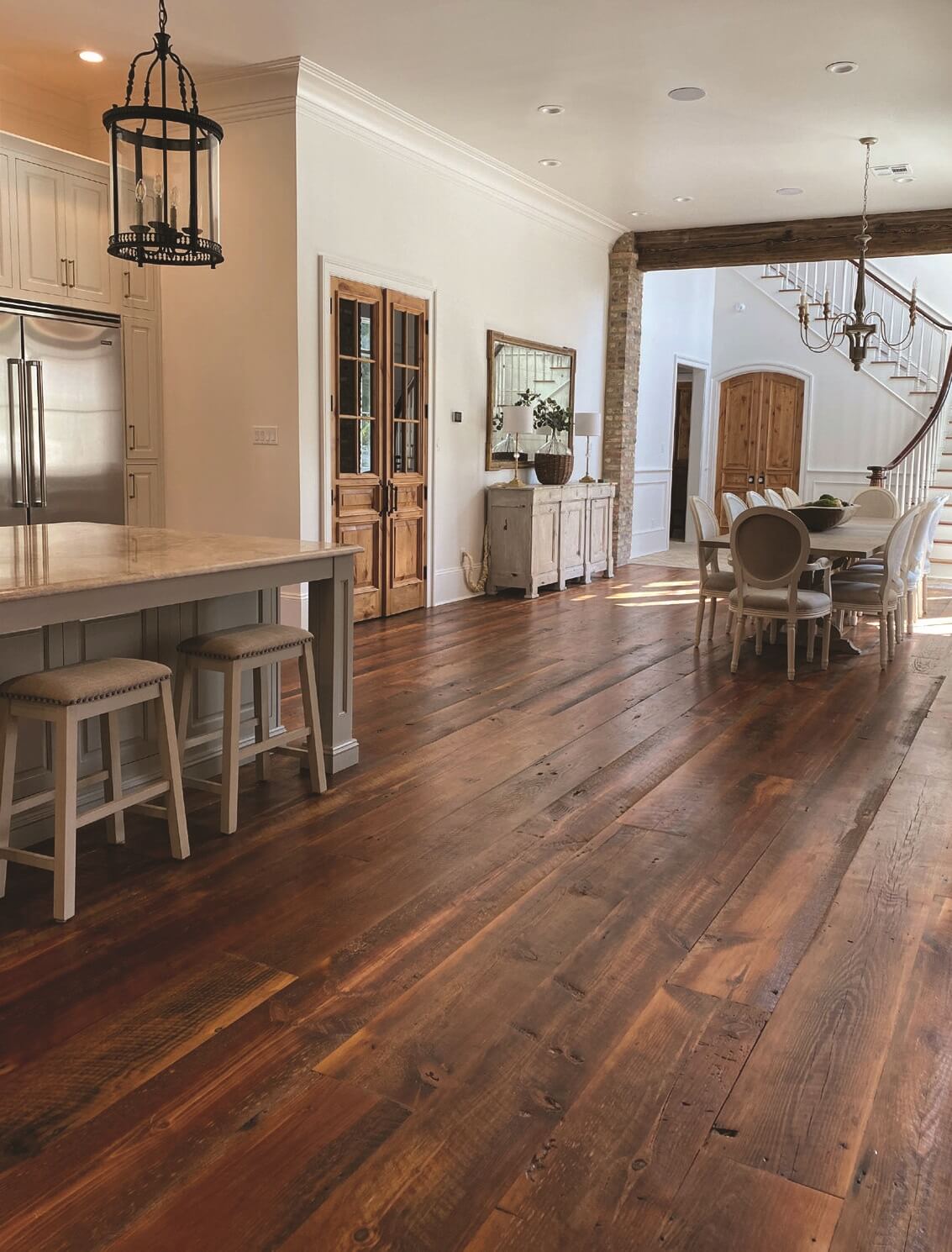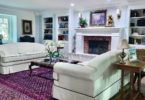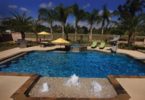The natural beauty and versatility of hardwood make it an ideal medium for creative artist and installers to craft a multitude of patterns and designs in the flooring. Herringbone and Chevron patterns are always very popular but skilled artisans can inlay almost any pattern that can be dreamed up. Solid hardwood flooring allows for so much variety as well. Stain color options are virtually unlimited while the lighter colors, particularly the greys, are trending now. Longer and wider planks are more popular than the narrow widths that were common in houses built fifty plus years ago. Then there’s the architectural and design aspect of using hardwood flooring. A great example is when someone walks into a multi-family home. A true solid wood floor immediately gives off a higher-end, luxurious look. Compared to the many products that imitate it, hardwood flooring is synonymous with the term “greater resale value.” Also, because wood flooring is typically not specified in certain commercial sectors, such as healthcare or education, there is a sense of exclusivity with every true hardwood flooring commercial project. If you are gluing the flooring to a concrete slab, it is also extremely important to have your flooring glue meet certain high quality standards that will offer solutions that just don’t glue down the floor, but also provide sound dampening, self-leveling, emit no VOC’s, and provide a moisture barrier.

- Solid wood flooring, as the name suggests, is made of solid wood throughout its thickness. It’s usually made of a hardwood species, such as oak, pine, or hickory, and its major advantage is that it can be sanded and refinished many times over the course of its lifespan. Engineered wood flooring looks very similar on the surface, but it is made from a relatively thin layer of hardwood (usually 3 mm thick real wood veneer bonded over plywood). Engineered flooring is somewhat less expensive than solid hardwood, but most types can be sanded and refinished only once since the surface hardwood layer is relatively thin.
- The lifespan of solid hardwood flooring is 30 to 200 years as compared to engineered which is 15 to 30 years making the solid hardwood flooring more durable.
- Lengths and widths obviously vary depending on one’s preference but solid hardwood flooring planks will run 12 to 16 feet long as opposed to 5 to 7 feet long for engineered planks. Longer plank runs make a room come alive because it gives the appearance of the tree being laid across the room with one continuous run like with 20 to 40 foot beams on ceilings.
Provided by J&C Wood Products








